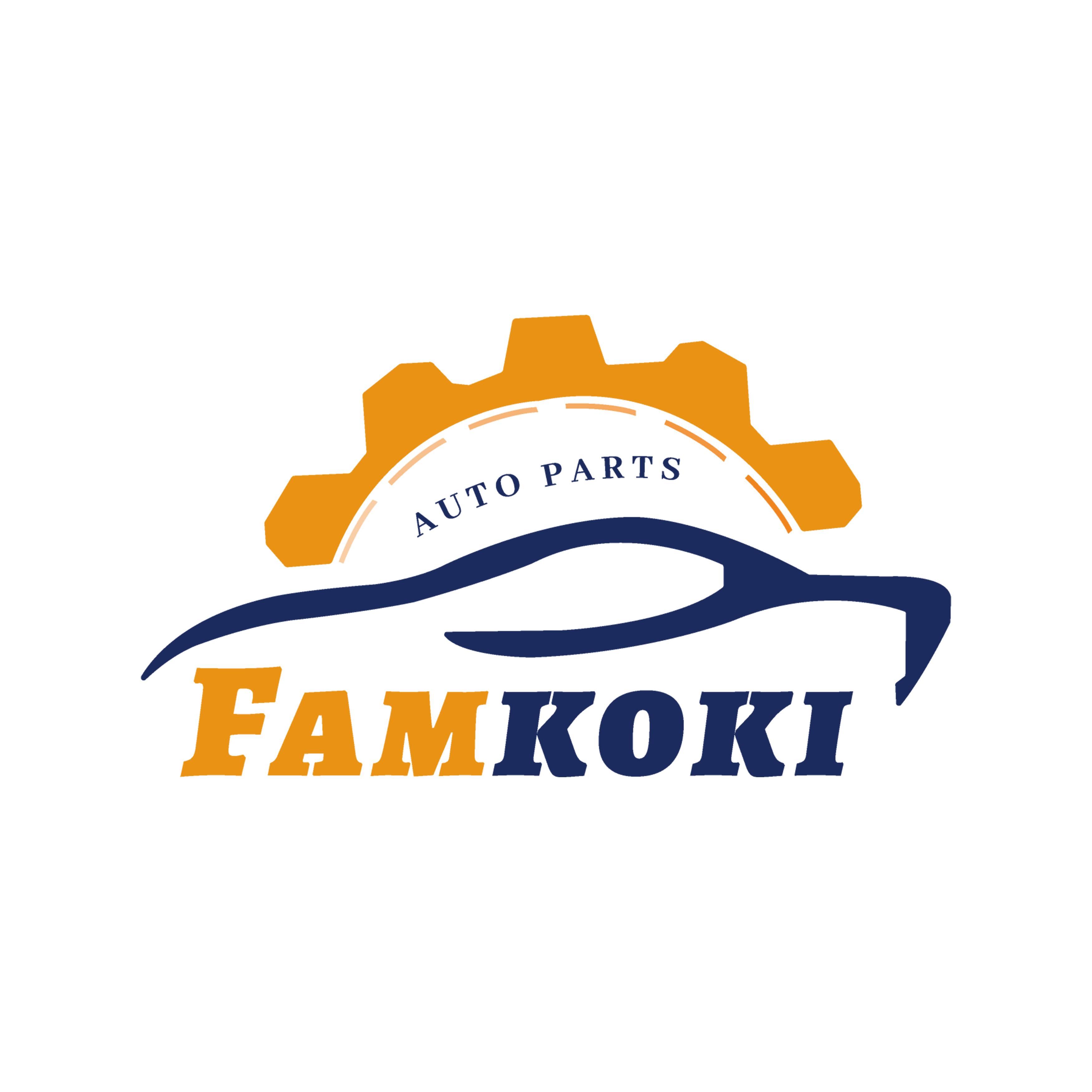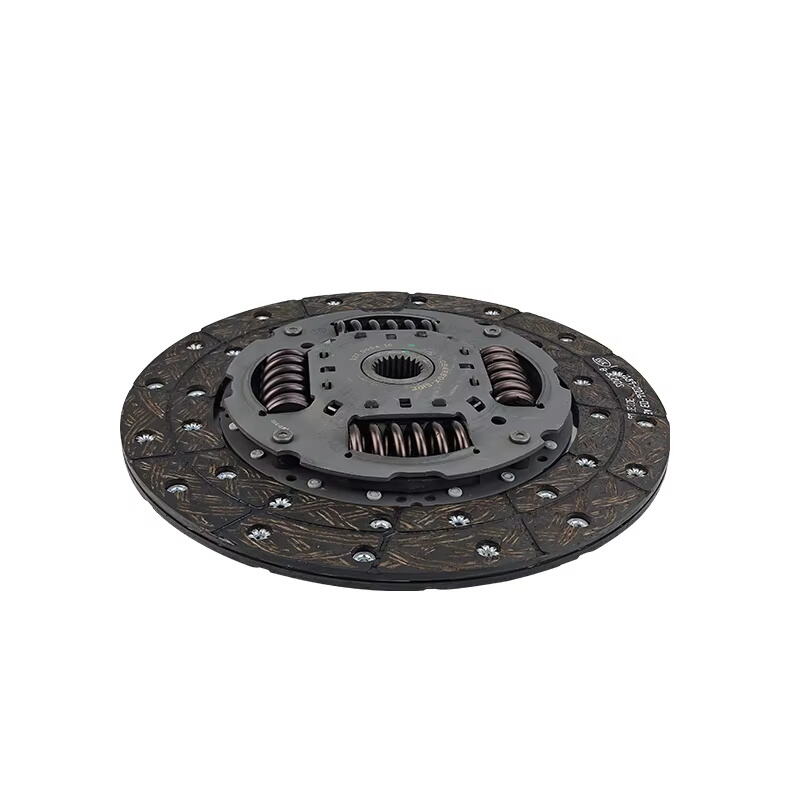O embreagem do seu veículo desempenha um papel crítico em seu desempenho e durabilidade. O cuidado adequado garante que ela dure mais e economize dinheiro em reparos. Negligenciá-la pode levar a um desgaste prematuro e substituições caras. Seguindo dicas essenciais de manutenção, você pode manter sua embreagem em excelente condição e evitar despesas desnecessárias.
Evite Acelerações Súbitas e Frenagens Fortes
Como a aceleração súbita aumenta o desgaste da embreagem
A aceleração súbita coloca uma pressão desnecessária na sua embreagem. Quando você pisa no acelerador com muita força, a embreagem tem que trabalhar em excesso para transferir potência do motor para as rodas. Esse esforço extra faz com que as placas da embreagem aqueçam e se desgastem mais rapidamente. Com o tempo, isso pode levar ao deslizamento, onde a embreagem tem dificuldade em manter o contato adequado.
O impacto da frenagem forte no sistema de embreagem
A frenagem brusca não afeta apenas os seus freios; também impacta a sua embreagem. Quando você freia repentinamente, a embreagem pode engatar inesperadamente, especialmente se você estiver na marcha errada. Esse engate repentino cria estresse nos componentes da embreagem, levando a um desgaste mais rápido. Além disso, a frenagem brusca frequente pode causar o superaquecimento da embreagem, reduzindo sua vida útil.
Ao seguir estas dicas de manutenção, você pode reduzir o desgaste da embreagem e prolongar sua vida. Pequenas mudanças em seus hábitos de condução podem fazer uma grande diferença em manter seu veículo funcionando suavemente.
Domine a Mudança de Marcha Adequada
O papel das trocas de marcha suaves na redução da tensão da embreagem
A troca suave de marchas desempenha um papel vital na proteção do seu embreagem. Quando você troca de marcha abruptamente ou sem o tempo adequado, a embreagem sofre uma pressão desnecessária. Essa pressão pode levar a um desgaste mais rápido das placas de embreagem. Ao dominar transições suaves, você permite que a embreagem engate e desengate corretamente, reduzindo o atrito e prolongando sua vida útil.
Para conseguir trocas de marcha mais suaves, preste atenção nas RPM (rotações por minuto) do seu motor. Troque de marcha quando as RPM atingirem a faixa ideal para o seu veículo. Evite forçar a alavanca de marcha ou apressar o processo.
Evitando reduções desnecessárias para prolongar a vida da embreagem
Reduções desnecessárias podem encurtar significativamente a vida da sua embreagem. Quando você reduz de marcha com muita frequência ou no momento errado, a embreagem precisa trabalhar mais para igualar a velocidade do motor com a velocidade das rodas. Esse esforço extra aumenta o desgaste dos componentes da embreagem e pode levar ao superaquecimento.
Para evitar isso, só reduza a marcha quando for absolutamente necessário, como ao desacelerar em inclinações íngremes ou ao se preparar para parar. Use os freios para reduzir a velocidade em vez de depender da embreagem. Essa abordagem minimiza a carga de trabalho na sua embreagem e ajuda a manter sua condição.
Use o Freio de Mão em Colinas
Como usar a embreagem para segurar o carro em inclinações causa danos
Usar a embreagem para manter seu carro parado em uma colina pode parecer conveniente, mas pode causar danos sérios. Quando você engata parcialmente a embreagem para evitar que o carro role para trás, as placas da embreagem esfregam umas contra as outras continuamente. Essa fricção gera calor excessivo, o que desgasta os componentes da embreagem mais rapidamente. Com o tempo, esse hábito pode levar ao deslizamento da embreagem, redução de desempenho e reparos caros.
Confiar na embreagem dessa maneira também coloca uma pressão desnecessária no sistema de transmissão. O estresse adicional pode enfraquecer o mecanismo da embreagem, tornando-o menos eficaz ao longo do tempo. Em vez de usar a embreagem para segurar seu carro, adote práticas melhores para proteger seu veículo e prolongar a vida útil do seu sistema de embreagem.
Uso adequado do freio de mão para reduzir a pressão na embreagem
O freio de mão é seu melhor amigo ao dirigir em colinas. Ele fornece uma maneira estável de manter seu carro parado sem colocar pressão na embreagem. Quando você parar em uma inclinação, acione completamente o freio de mão. Isso trava as rodas traseiras e impede que o carro role para trás. Assim que estiver pronto para se mover, solte o freio de mão enquanto pressiona o acelerador e engata a embreagem suavemente.
Esta técnica reduz o desgaste do embreagem e melhora seu controle sobre o veículo. É um hábito simples, mas eficaz, que pode te salvar de reparos caros. Incorporar isso à sua rotina de condução é uma das dicas de manutenção mais práticas para prolongar a vida do seu kit de embreagem.
Inspeção e Limpeza Regulares
A importância de verificações de rotina para a saúde da embreagem
Inspeções de rotina são essenciais para manter sua embreagem em ótimas condições. Com o tempo, o desgaste pode afetar o sistema de embreagem, mesmo que você dirija com cuidado. Ao verificá-la regularmente, você pode detectar pequenos problemas antes que se tornem reparos caros. Fique atento a sinais como deslizamento, dificuldade em mudar de marcha ou ruídos incomuns. Isso pode indicar problemas com as placas de embreagem, o disco de pressão ou o volante.
Você também deve inspecionar o pedal da embreagem. Se ele parecer muito solto ou rígido, pode precisar de ajuste ou reparo. Preste atenção a qualquer cheiro de queimado enquanto dirige, pois isso pode sinalizar superaquecimento.
Métodos de limpeza para prevenir o acúmulo de sujeira e detritos
A sujeira e os detritos podem se acumular no sistema de embreagem, especialmente se você dirigir em condições de poeira ou lama. Esse acúmulo pode interferir no desempenho da embreagem e causar desgaste prematuro. Limpar a área da embreagem ajuda a prevenir esses problemas e mantém o sistema funcionando de forma eficiente.
Comece limpando o exterior da carcaça da embreagem. Use uma escova macia ou ar comprimido para remover sujeira e manchas. Evite usar água, pois a umidade pode danificar os componentes internos. Se você notar um acúmulo excessivo, considere levar a um mecânico profissional para limpar as partes internas. Manter o sistema de embreagem limpo é uma das dicas de manutenção mais simples para prolongar sua vida útil.
Use peças de qualidade para reparos
Os benefícios de investir em componentes de embreagem de alta qualidade
Usar componentes de embreagem de alta qualidade garante melhor desempenho e durabilidade para o seu veículo. Peças baratas ou de baixa qualidade podem economizar dinheiro a curto prazo, mas geralmente se desgastam mais rápido. Isso leva a substituições frequentes e custos mais altos a longo prazo. Peças de alta qualidade, por outro lado, são projetadas para suportar estresse e durar mais. Elas reduzem o risco de falhas súbitas, mantendo seu veículo funcionando suavemente.
Como escolher peças confiáveis para o seu veículo
Escolher as peças de embreagem certas para o seu veículo requer consideração cuidadosa. Comece consultando o manual do proprietário do seu veículo. Ele fornece especificações para peças compatíveis. Fique com as peças recomendadas pelo fabricante para garantir um ajuste e desempenho adequados. Evite opções genéricas ou sem marca, pois podem não atender aos padrões exigidos.
Ao seguir estas dicas de manutenção, você pode garantir que seu sistema de embreagem permaneça em excelente condição.
Cuidar do seu sistema de embreagem garante melhor desempenho e economiza dinheiro. Ao seguir estas dicas de manutenção, você pode prevenir o desgaste prematuro e evitar reparos caros. Inspeções regulares ajudam a identificar problemas cedo, enquanto substituições oportunas mantêm seu veículo funcionando sem problemas. Comece a adotar esses hábitos hoje para prolongar a vida útil da sua embreagem.
 EN
EN
 AR
AR
 FR
FR
 KO
KO
 PT
PT
 RU
RU
 ES
ES


